Assignment
The assignment was to design a patient-centered concept that facilitates the conversation on sexuality and intimacy for Adolescents and Young Adults (AYAs) with Cancer, and to provide them with information at the right time in the right way. This project was conducted in collaboration with Leiden University Medical Center.
Overview of the Problem
Adolescents and Young Adults (AYAs) with Cancer, aged from 15 to 39 years, are making the transition from childhood to adulthood while handling the burden of cancer. During this challenging time in their growth and development, it is very normal to have concerns about sex and experience disturbances. The well-being of AYAs is affected by many factors and it affects their psychosexuality and intimate relationship. But sex is a hard topic. Conversations are not easy to initiate, and information online is both overwhelming and unspecific. The reality is that AYAs in the Netherlands cannot easily reach the right resource or expert for the care of their concerns and disturbances about sexuality and intimacy.
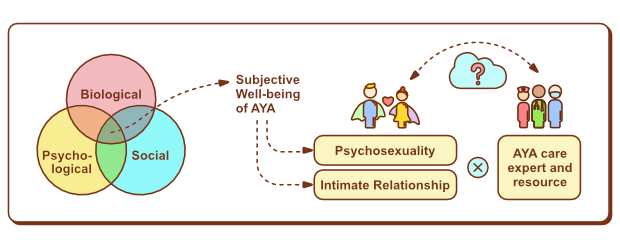 Figure 1. Overview of affected sexuality and intimacy and the hindered communication.
Figure 1. Overview of affected sexuality and intimacy and the hindered communication.
A common sexual health intervention starts from reassuring the patient that it is normal to have problems and it is okay to discuss about it. Basic information and explanations are also provided. After that, if needed, in-depth explanations and intensive therapies may be offered. In most cases, having someone to talk with and receiving basic relevant information is already enough for the patients. However, during face-to-face communication, healthcare providers face a lot of barriers, such as “lack of training” and “no angle for asking”, and the conversation about sexuality and intimacy may not happen at all.
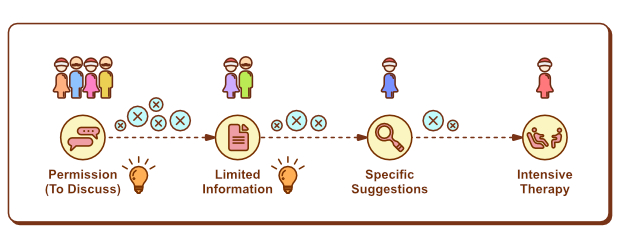
Figure 2. Four steps of a common sexual health intervention.
Design Opportunity
What if we can bring reassurance to the patients and provide basic information without the presence of healthcare providers? And furthermore, what if we can guide the patients to find the right resource and expert for in-depth explanations and intensive therapies?
The goal of the online application design is to lower the barrier for AYAs when they seek support for sexuality and intimacy matters. The design includes functions that brings reassurance, basic information of sexuality and intimacy care that is organized and easily understandable, and practical guidance for patients to reach the resource and expert they need.
Approach
In the research phase, literature study was conducted to give a view of the big picture of sexuality and intimacy care in the Netherlands, and interviews with five AYAs discussed their ten unmet needs. The design decisions were made based on the findings from literature study and interviews.
The design decisions include:
- a) To deliver a two-fold core message: It is normal to have disturbances and seeking for help about sexuality and intimacy is an appropriate action to improve the quality of life. Meanwhile, the Dutch healthcare system has a good resource for AYAs in sexuality and intimacy care, and AYAs can take an active role in reaching support.
- b) Structure and content of the mobile app: A “body map” for information on biological and psychological disturbances, a “love notes” function for emotional support, and a “directory” for communication between AYAs and healthcare providers, partners and fellow AYAs.
- c) An additional website: The website provides one-time searching function as a low-barrier start for AYAs when they seek help. It also introduces them to the mobile app.
In the design phase, the classical iterative design methodology was used. During the cyclic process of prototyping, evaluating, analyzing and refining, AYAs and healthcare providers were at the heart. A plan for design implementation was drawn which involved AYAs, healthcare providers and language experts, designers and developers.
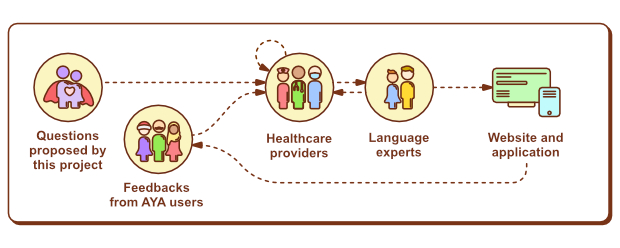 Figure 3. Feedback and information flow in design implementation.
Figure 3. Feedback and information flow in design implementation.
Final Design
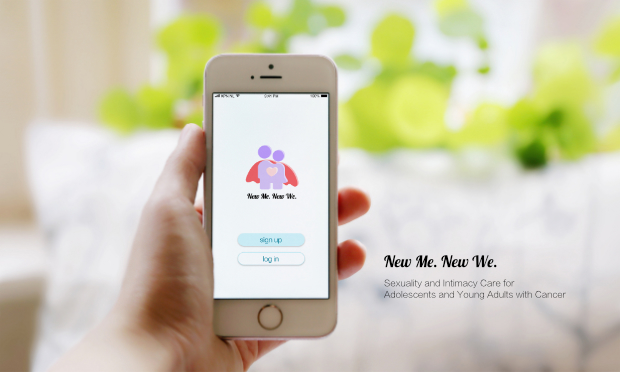
Figure 4. The mobile application New Me. New We.
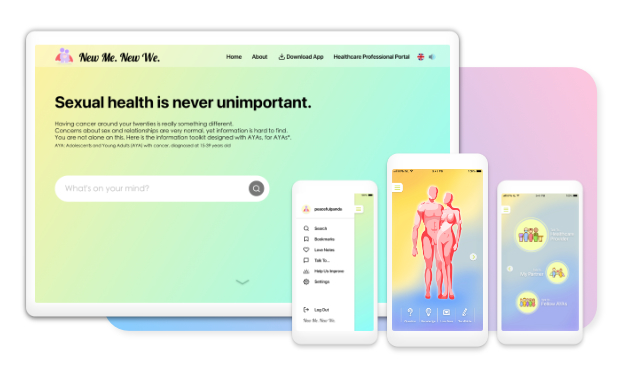 Figure 05. Main pages of the application.
Figure 05. Main pages of the application.
New Me. New We. Sexuality and Intimacy Care from Ruocha Wang on Vimeo.



